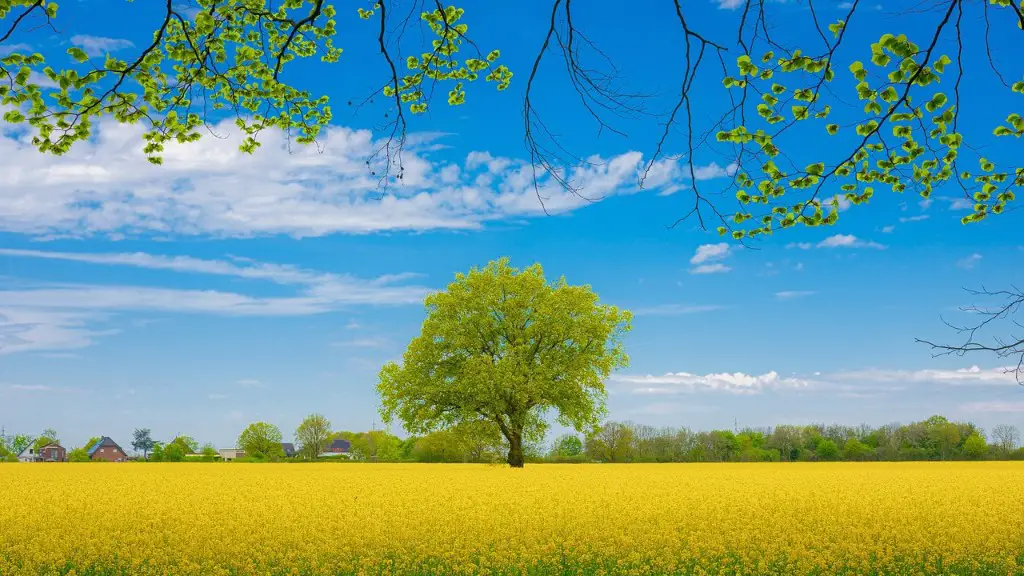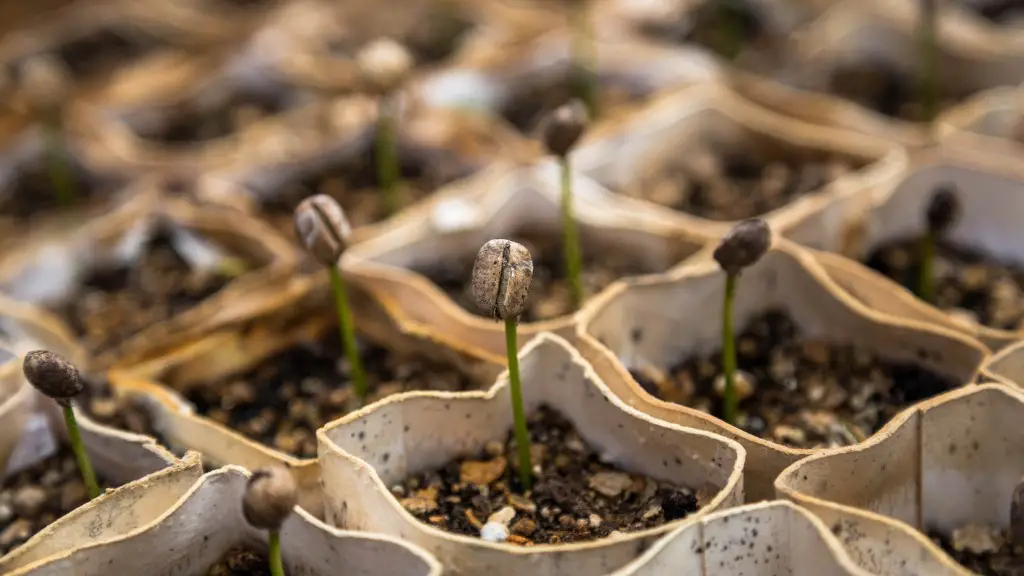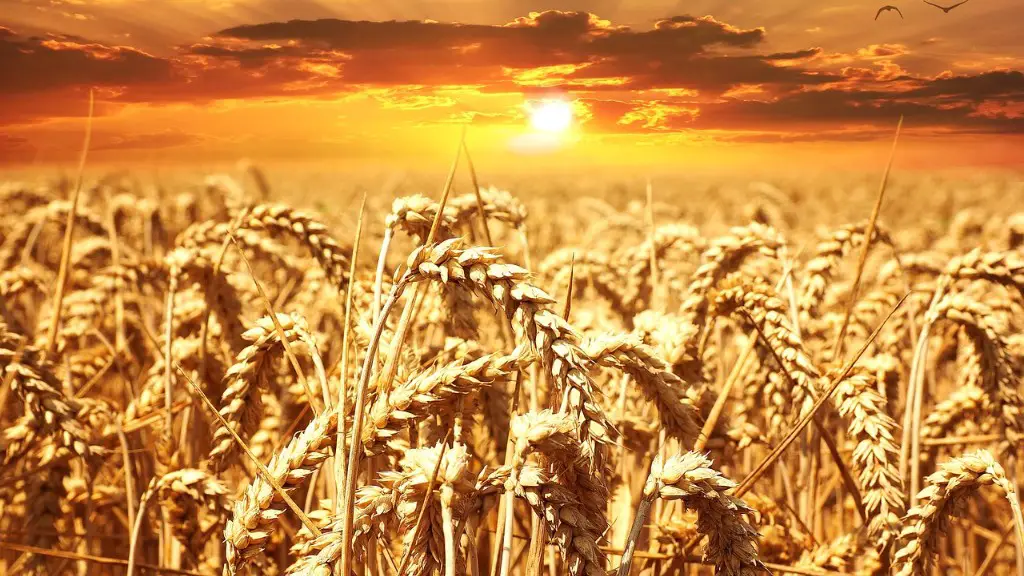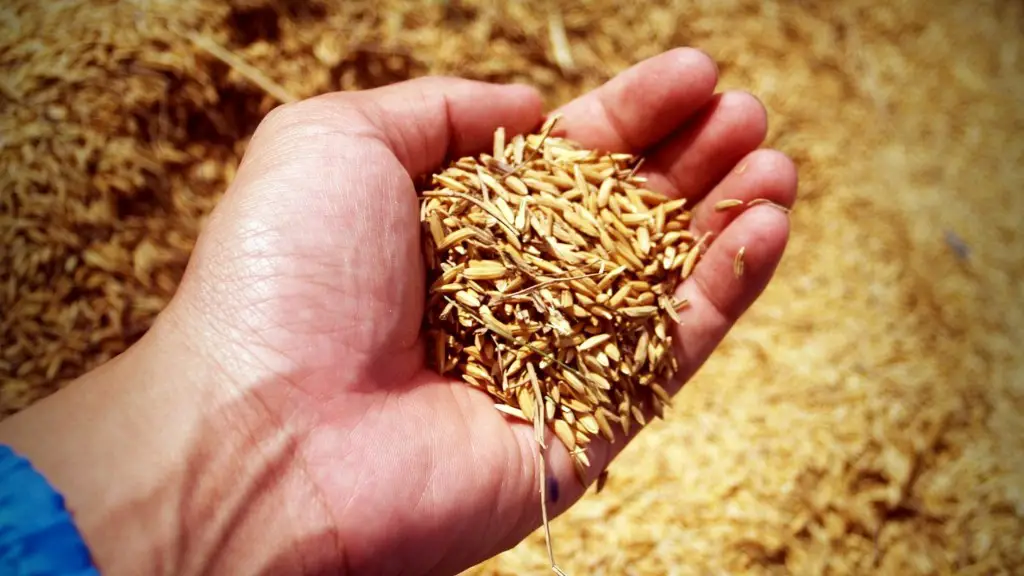The agricultural sector in India is facing a number of challenges. The most significant among these is the declining productivity of farmland. In order to ensure food security for its rapidly growing population, the Indian government has been investing heavily in agricultural research and development. However, the benefits of this investment have not been enjoyed by the farmers themselves, who have been struggling to make ends meet. The primary reason for this is the high cost of inputs, such as seeds, fertilizers, and pesticides. Farmers also have to contend with the vagaries of the weather, which can lead to crop failure. In addition, the marketing of agricultural produce is highly unregulated, leaving farmers at the mercy of middlemen. As a result of all these factors, agricultural incomes in India have been declining in recent years, putting the livelihoods of millions of farmers at risk.
There are many reasons why Indian farmers are facing problems in agriculture. One reason is that the lack of infrastructure make it difficult for farmers to get their products to market. Additionally, Indian farmers often do not have access to the same technology and resources as farmers in developed countries, which makes it difficult to compete. Additionally, the Indian government has not done enough to support farmers, and has even enacted policies that have hurt them. As a result, many farmers are in debt, and are unable to invest in their business or improve their productivity.
What are the 3 main problems faced by Indian farmers today?
The three main problems facing Indian agriculture are: uncertainty in the water supply, lack of remunerative income, and fragmentation of land holdings. All of these problems are interrelated and make it difficult for farmers to improve their productivity and incomes.
Uncertainty in the water supply is a major problem because irrigation is essential for agriculture in many parts of India. However, the availability of water is often unpredictable, due to changes in the monsoon and other factors. This makes it difficult for farmers to plan their cropping patterns and can lead to crop failures.
Lack of remunerative income is another major problem facing Indian agriculture. Farmers often do not receive enough money for their crops, due to low prices in the market. This makes it difficult for them to invest in inputs such as seeds and fertilizers, and also makes it difficult to repay loans.
Fragmentation of land holdings is also a major problem in India. Small landholdings make it difficult for farmers to achieve economies of scale and earn a decent income. This problem is compounded by the fact that landholdings are often further divided among family members, making it even harder for farmers to make a profit.
One of the main problems often faced by Indian farmers is an insufficient water supply. This is due to a number of factors including climate change and the over-exploitation of groundwater resources. In addition, less use of modern farming equipment means that farmers are often reliant on traditional methods which are less efficient and often lead to poorer crop yields. Poor storage facilities are another problem faced by many farmers which can lead to food wastage and losses. Transportation problems can also be a major issue, particularly in rural areas where infrastructure is often poor. High interest rates can also be a problem for farmers, as they often have to take out loans to invest in their businesses. However, the recent implementation of government schemes such as the Pradhan Mantri Fasal Bima Yojana (PMFBY) is helping to address some of these issues.
What is the main problem of Indian farmers
The above mentioned reasons have lead to a decline in agricultural output. In order to increase agricultural output, it is important to provide farmers with reliable irrigation facilities and educate them on scientific methods of cultivation. Moreover, capital investments are needed to allow farmers to adopt these methods on a larger scale.
Despite such gains, Indian agriculture faces issues associated with adaptation to climate change disturbances, fragmented landholdings, low farm productivity and high food price volatility which call for next generation reforms like adoption of environmentally sustainable and climate resistant new farm technology.
What are the three problems faced by farmers?
Farmers are on the front lines of climate change, experiencing its effects on their crops and animals. They are also grappling with soil erosion and biodiversity loss. These problems are interconnected, and finding solutions will require a systems approach.
Climate change will bring more extreme weather conditions, which can lead to soil erosion and biodiversity loss. In order to adapt, farmers will need to diversify their crops and develop more resilient strains. They will also need to implement land management practices that reduce soil erosion and help conserve biodiversity.
It is clear that farmers face many challenges in the years ahead. But with a systems approach, they can develop solutions that will help them adapt to a changing climate and protect their land and livelihoods.
It is important to set the table to address the triple challenge in a sustainable manner. These three challenges are interconnected and must be tackled together in order to make progress. The goal is to provide food for a growing population, while also protecting the environment and providing a livelihood for farmers. This can be done through sustainable practices such as investing in small-scale farmers, promoting agroforestry, and encouraging local food production.
What are the biggest issues facing farmers today?
The agriculture industry is facing a number of challenges in the coming years. Increasing production costs, volatile markets, and unknown economic conditions are just a few of the issues that farmers and ag businesses will have to contend with. With that in mind, here are eight of the biggest issues facing agriculture in 2022.
1) Production expenses: With farmers feeling the squeeze from all sides, production costs are likely to rise in the coming years. Everything from seed and fertilizer to labor and fuel costs are on the rise, and farmers will be feeling the pinch.
2) Farmland markets: The markets for farmland have been volatile in recent years, and that is likely to continue in the coming years. Farmland prices are being driven by a number of factors, including the economy, interest rates, and foreign investment.
3) Another year of strong farm income?: Farm income has been strong in recent years, but it is uncertain whether that will continue in the coming years. The reason for this is largely due to the uncertainty surrounding trade agreements and government programs.
4) Grain stocks: Grain stocks are currently at record levels, but there is a lot of uncertainty about what will happen with them in the coming years. The reason for this is that it is
One of the major problems faced by farmers in India is the unavailability of good quality seeds. This problem is further compounded by the lack of modern equipment and poor irrigation facilities. As a result, farmers are often forced to sell their produce to local traders and middlemen at prices that are far below the market value. This not only results in a loss of income for the farmers, but also makes it difficult for them to invest in new equipment and improve their farms. Another major problem faced by farmers is the lack of storage facilities. This often leads to crops being damaged or spoiling before they can be sold.
What are the main problems in agriculture
It is estimated that agricultural land loss is happening at a rate of 30-35 million hectares per year. This is largely due to the expansion of urban areas, as well as other factors such as degradation of land due toclimate change, and unsustainable farming practices. The decrease in the varieties of crops and livestock produced is also a major problem, as it results in a loss of biodiversity and a decrease in the resilience of the agricultural system.
The Economic Survey is the government’s flagship annual economic publication, which reviews the progress made by the economy in the past year and sets out the roadmap for the coming year. The Survey for the year 2021-22 was tabled in Parliament by the Minister of State for Finance, Anurag Thakur, on February 26, 2021.
Foodgrain production in India reached a record 3157 million tonnes in 2021-22, despite climate change challenges, as per the Economic Survey 2022-23. This is an increase of about 2% over the previous year. The total foodgrain production in the country is estimated at 1499 million tonnes.
The Survey highlights the fact that India has been able to increase its foodgrain production despite the challenges posed by climate change. It attributes this success to the efficient use of resources and the implementation of measures such as the Pradhan Mantri Fasal Bima Yojana (PMFBY) and the Pradhan Mantri Krishi Sinchai Yojana (PMKSY).
The increase in foodgrain production is expected to lead to a reduction in food prices, which will benefit consumers. It will also help improve the balance of payments and boost economic growth.
Why are farmers struggling 2022?
Rising input costs are a major concern for farmers. Fertilizer, crop protection, and labor are the top three areas in which farmers are experiencing cost increases. Across the United States, 80 percent of farmers ranked rising input costs as the number-one risk to profitability.
The drought has had a significant impact on farmers, with nearly three-quarters seeing a reduction in yields. 37% are now tilling over fields that won’t produce anything due to the lack of water, up from 24% last year. This is having a major impact on the agricultural industry and the economy as a whole.
Why Indian farmers are poor
Small farmers in India have limited access to farming equipment, which affects their productivity and household income. On average, small farmers earn Rs 172,694 per annum, which is far below the national average. This lack of access to equipment and resources hampers their ability to mechanize their work and improve their productivity. The government should provide small farmers with access to equipment and resources to help them improve their incomes.
The condition of Indian farmers has improved significantly over the past few years. The government has taken several measures to improve the condition of Indian farmers. Some of these measures include the availability of water resources and irrigation facilities, having access to high-quality seeds that are readily available, and supplying high-quality fertilizer at the right moment.
How can we improve agriculture in India?
There is no doubt that India need to do more to improve agricultural productivity and raise the incomes of its farmers. The good news is that there are some effective measures that can be taken to achieve this.
Firstly, it is essential to develop efficient markets for agricultural products. This will ensure that farmers receive a fair price for their produce and are not exploited by intermediaries. Secondly, irrigation facilities need to be augmented and better managed to ensure that crops are not damaged by drought.
Thirdly, crop insurance and agri-credit facilities need to be made more accessible to farmers. This will help them to protect their livelihoods in the event of crop failure or other unforeseen circumstances.Fourthly, new technologies need to be adopted in order to improve yields and reduce inputs costs.
Finally, measures need to be taken to enhance soil quality. This will help to improve the long-term productivity of the land and make farming more sustainable.
By taking these measures, India can make a real difference to the lives of its farmers and boost agricultural development.
Ackoff believes that the surging cost of crop land is the primary reason for the financial difficulties faced by farmers today. Land values have more than doubled in the last two decades, and this increase has outpaced the rate of inflation and growth in farm revenues. In addition, Ackoff points to climate change as a source of additional financial uncertainty for farmers. Farmers must adapt to changing conditions and manage risks associated with weather and climate variability.
Final Words
The primary reason Indian farmers are facing problems in agriculture is due to the lack of irrigation facilities. According to the National Sample Survey Organisation, only 46% of the country’s cultivable land is irrigated. This means that a majority of rural India is still dependent on the monsoon rains to water their crops. The monsoon has been increasingly erratic in recent years, resulting in droughts and flash floods that have wreaked havoc on crops. farmers have also been hit hard by the government’s decision to demonetize high-value currency notes, as most of them are paid in cash. This has made it difficult for them to buy seeds and fertilizers, and has also led to a decrease in farm-gate prices. In addition, the imposition of GST has made inputs more expensive. As a result, many farmers are finding it difficult to make a profit.
There are many reasons why Indian farmers are facing problems in agriculture. One reason is that the government is not providing enough support to the farmers. Another reason is that the climate is not conducive to farming. Additionally, the soil in India is not as fertile as it is in other countries. As a result, Indian farmers are struggling to produce enough food to meet the demand of the growing population.





